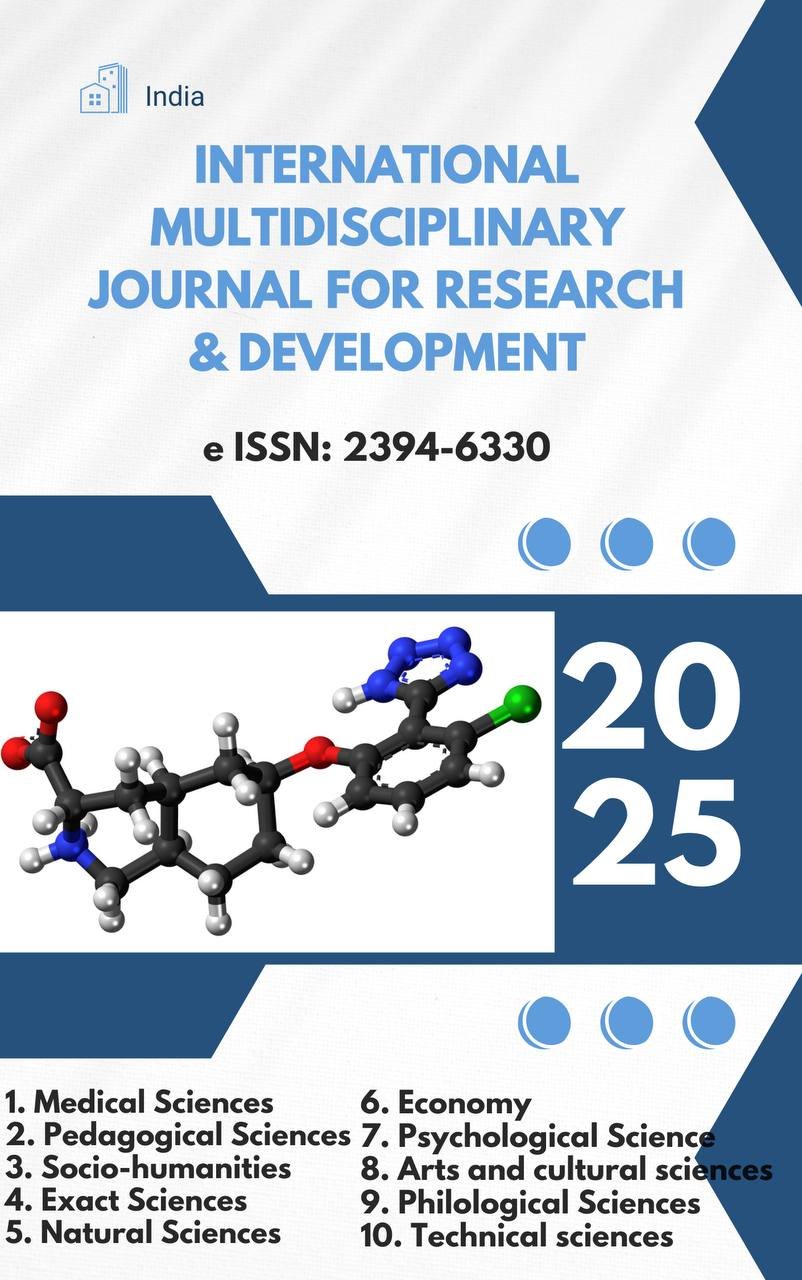IMPACT OF SECURITY PROTOCOLS ON REAL-TIME MULTIMEDIA COMMUNICATION NETWORKS

Abstract
This article provides a comparative analysis of the IPsec, H.235, and SRTP protocols used to provide security in multimedia communications. IPsec is a network-layer security protocol that is mandatory for IPv6 and optional for IPv4. It provides data confidentiality, integrity, authentication, and protection against replay attacks. H.235 is a security mechanism in the ITU-T H.323 multimedia standard that provides protection for signaling and media streams. It has two security profiles: basic and signature-based. SRTP (Secure RTP) is designed to encrypt, authenticate, and protect against replay attacks in real-time multimedia streams.
Keywords
Multimedia security, IPsec, H.235, SRTP, RTP, RTCP, Cryptographic transformation, Confidentiality, Authentication, Integrity, Protection against replay attacks, VoIP, Packet filtering, Latency and efficiency, Message authentication, Digital signature, AES, HMAC, DoS attacks, Multimedia traffic.
References
- R. I.Isayev , D.Khibatova. “Multimedia communication networks”. Tashkent University of Information Technologies, Tashkent, 2019.
- ITU-T Recommendation H.235 Version 2: Security and encryption for H-Series (H.323 and other H.245-based) multimedia terminals (2000).
- Y. Kim, A. Perrig and G. Tsudik, "Simple and Fault-Tolerant Key Agreement for Dynamic Collaborative Groups", ACM CCS'2000, 2000.
- E. Bresson , O. Chevassut, D. Pointcheval and J. Quisquater, "Provably Authenticated Group Die-Hellman Key Exchange", Proc. of the 8th ACM CCS'01, 2001.